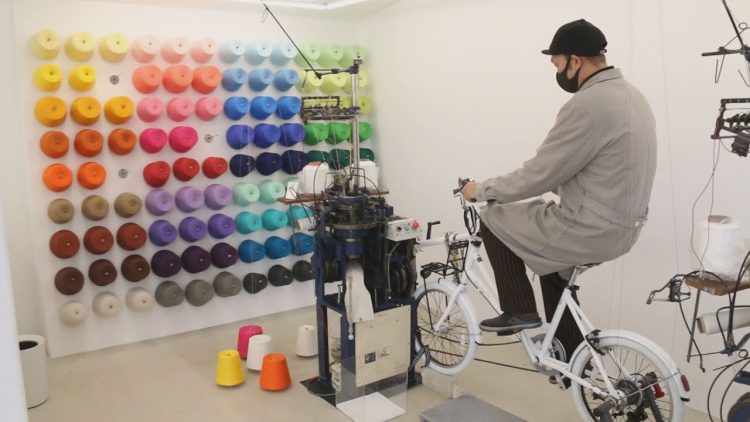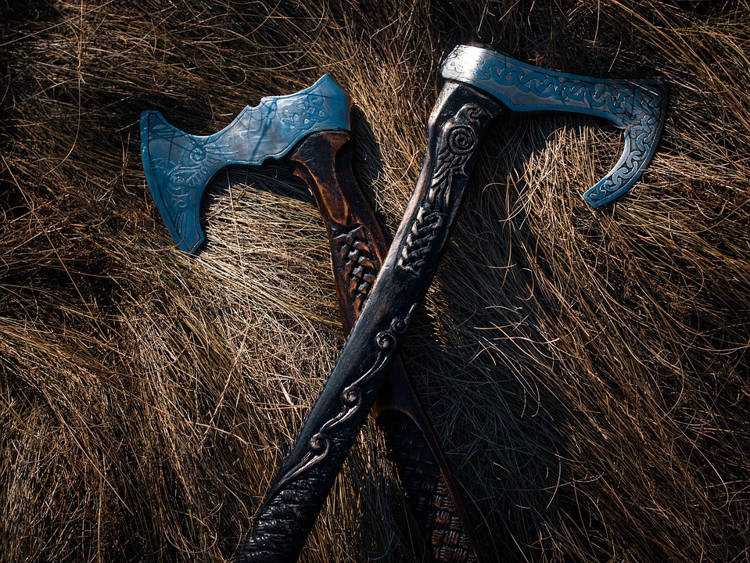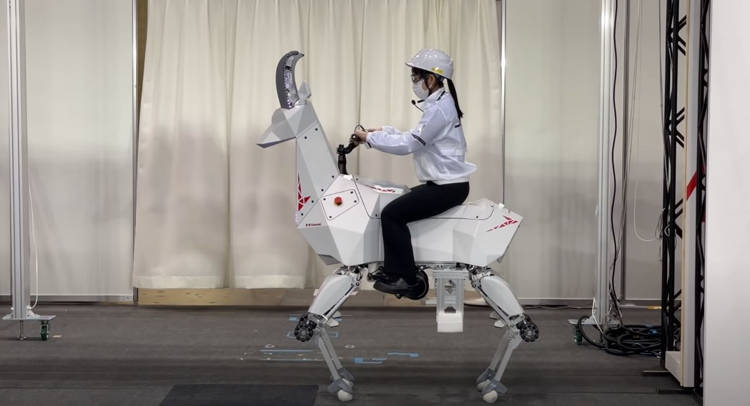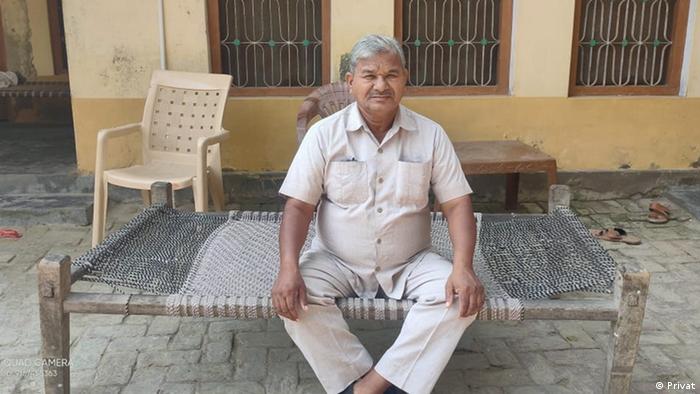UK-Based Company Creates Functional Invisibility Shields

Inspired by Harry Potter’s iconic invisibility cloak, these real-life invisibility shields can make anyone who hides behind them disappear into thin air. Invisibility Shield Co. is a UK-based startup that has been working on an affordable invisibility mechanism for over two years. The company recently revealed a line of invisibility shields that rely on surprisingly […]
Cliff Young – The Legendary 61-Year-Old Farmer Who Won a 550-Mile Ultra-Marathon

Cliff Young is a legend among ultra-marathon runners, and for good reason – at age 61, the Australian potato farmer became the unlikely winner of the grueling Westfield Sydney-Melbourne Ultra Marathon. Every year, thousands of seasoned runners from all over the world gather in Australia to take part in one of the most difficult ultra-marathons […]
Japanese Factory Lets You Knit Your Own Socks by Riding a Bicycle

Souki Socks, a small sock factory in Japan’s Nara Prefecture, has devised a machine that allows people to knit their own socks by pedaling on a stationary bicycle. Unless you’re a fan of knitting, making socks doesn’t exactly sound like a fun experience. This was the reality that the brilliant minds Souki Socks were confronted […]
At Karen’s Diner Attitude From the Waiters Is What You’re Paying For

If your idea of a nice meal out on the town happens to include rude restaurant staff that’s actually paid to insult and ridicule you, booking a table at Karen’s Diner should be on your priorities list. “Great Food, Terrible Service” is the motto of Karen’s Diner, a new and intriguing fast-food restaurant chain that […]
Meet Ragnar Kavurson, the Bosnian “Vikings” Fan Who Lives Like a Northman

Stipe Petic, a 57-year-old Bosnian man with no nordic background, was so impressed by the ‘Vikings’ TV series that he started calling himself Ragnar Kavurson and making axes for a living. The Bosnian Ragnar claims that his fascination with Viking culture started with a binge-watching session of History’s hit series, ‘Vikings’. Coming back to his […]
Areia Prata – Brazil’s Radioactive Beach

The Areia Preta beach in the Brazilian city of Guarapari is famous for its black sand which has external radiation levels of almost 400 times the normal background radiation recorded in the US. Brazil has hundreds of miles of beaches, but none are quite like “Praia Da Areia Preta”, in Guarapari. The sand in this […]
This Small Snake Uses Farts as a Defense Mechanism

The western hook-nosed snake, a small snake endemic to the deserts of the United States and Mexico, is famous for the shape of its snout and for farting to confuse its enemies. Cobras and rattlesnakes have their deadly venom, constrictors like pythons and Boa have their strong musculature, but the western hook-nosed snake doesn’t have […]
Japanese Company Unveils Rideable Robot Goat

Japanese tech giant Kawasaki caused a lot of raised eyebrows at the world’s largest robot trade show in Tokyo, with Bex, a rideable robot goat. The 2022 International Robot Exhibition featured a lot of ingenious creations, but few as attention-grabbing as Kawasaki’s latest invention, a robot goat that can carry approximately 220 pounds of cargo. […]
World’s Largest Hummer Makes the Regular One Look Like a Toy Car

As the name suggests, the Hummer H1 X3 is three times the size of a standard Hummer H1, making it the largest Hummer in the world, by far. The Hummer H1 is one of the largest street-legal SUVs ever made, but it literally looks like a toy car next to the behemoth that is the […]
Dentist Boosted Profits by Damaging Patients’ Teeth So He Could Fix Them

A Wisconsin dentist was recently found guilty of intentionally damaging his patients’ teeth so he could charge them more after fixing them. 61-year-old Scott Chamolli faces up to 10 years for each of his five healthcare fraud charges, and a maximum of five years for two other charges. The experienced dentist allegedly made millions by […]
India’s ‘Living Dead’ and the Man Who Spent 18 Years Proving That He Was Alive

Lal Bihari is probably India’s most famous living dead, one of many people killed off in official records so that relatives can claim their possessions for themselves. Killing off somebody on paper is apparently not that hard to do in India. All you need is some bribe money and local officials willing to do some […]
The World’s Toughest Bacterium Can Withstand Anything From Radiation to Life in Outer Space

Deinococcus radiodurans is listed in the Guinness Book of World Records as “the world’s toughest bacterium,” and it is fully deserving of that title. Scientists discovered the red, spherical bacterium that later came to be known as deinococcus radiodurans about 70 years ago, when examining a can of ground meat that had spoiled despite having […]
The Thriving Parakeets Taking Over London

Ring-necked parakeets are native to the foothills of the Himalayas and temperate regions of North Africa, but for the past century and a half, they’ve also made a home for themselves in London. No one knows exactly when and how London became a home for feral parakeets. In fact, there are so many urban myths […]
Self-Proclaimed ‘World’ Happiest Man’ Has Been Living on Cruise Ships for Over 20 Years

Most people go on cruise ships for vacations, but for Mario Salcedo, cruise ships have been his home for the last 23 years, and this continuous life on the water has made him “the world’s happiest man”. Calling Mario Salcedo a “super cruiser” would probably be an understatement. The retired financier has been on hundreds […]
Residents of Afghanistan’s ‘One Kidney Village’ Sell Their Organs to Survive

Shenshayba Bazaar, an Afghan village near the city of Herat, has become known as Afghanistan’s ‘one kidney village’, because of the large number of residents who have sold one of their kidneys in order to make ends meet. Afghanistan wasn’t doing too well economically before the Taliban came to power last year, but the brutal […]
